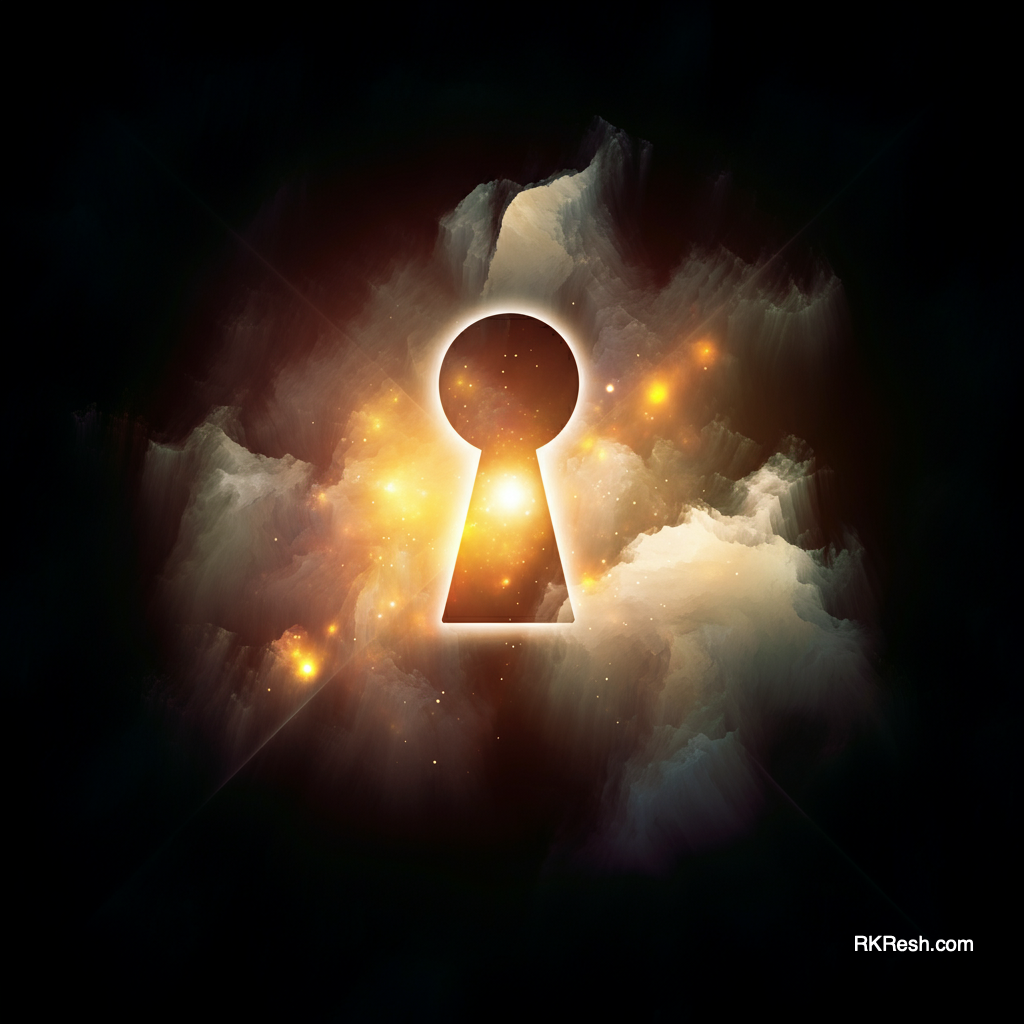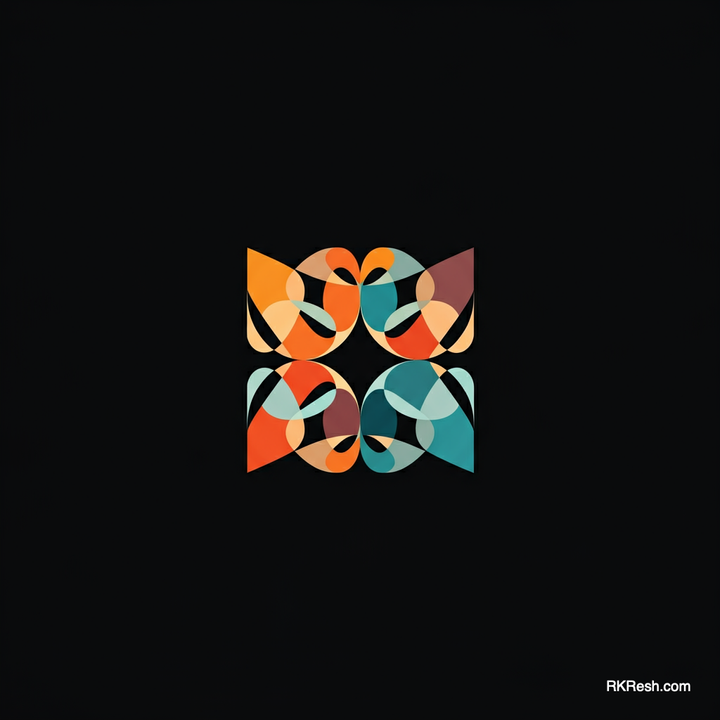The Art of Questioning—Curiosity as the Gateway to Discovery
I often wonder if our "neurospicy" challenges with forming habits or following instructions when we don't understand the purpose come from this relentless need to question things—questions where none are "supposed" to exist

A lone keyhole rests in a quiet place, surrounded by swirling mists of light. It doesn’t shout or call attention to itself. Yet for the seeker, it holds an unspoken invitation. What might lie behind its frame? What answers might unfold, if one is brave enough to ask the question and turn the key?
Human curiosity often feels like this—an impulse to peek beyond the boundaries of what we know and step into the unknown. But instead of leaping, our minds are trained to stay within the confines of certainty, driven by the comfort of answers. It is easier to turn away from the keyhole, unconvinced of the value of what lies behind.
Yet the heart of discovery lies in questioning. Neurodivergent thinkers often live by this principle—not because they defy the norms intentionally, but because their very wiring asks “Why?” and “What if?” at every turn. Instead of closing the door on possibility, their minds linger, exploring gaps most overlook. This act of lingering is not a refusal—it is curiosity in its raw and beautiful form.
I often wonder if our "neurospicy" challenges with forming habits or following instructions when we don't understand the purpose come from this relentless need to question things—questions where none are "supposed" to exist. We're often labeled as rigid, but is that really true? Maybe it's not rigidity at all. Maybe it's because we don't rigidly conform to the expected patterns of behavior.
For most people, forming habits and following instructions is supposed to be easy, right?
Just follow the steps, no questions asked. The "normal" response is to accept what’s already settled, foundational, unquestionable. But for us, the neurospicy, that’s not how it works. We don’t accept behavioural parameters without understanding them first. And because of that, we’re often seen as difficult or inflexible.
The irony? What’s perceived as rigidity actually comes from a mind that’s bursting with dynamic, flexible thinking. We’re constantly bumping up against the walls of the “norm,” not because we’re stubborn, but because our brains thrive on curiosity and exploration. So who’s really rigid here—the ones who never question or the ones who refuse to stop?
Questions have power. More than answers, they open realms of imagination, learning, and invention. To question is to step into discomfort, to admit that what we know is only a piece of the larger puzzle. It is to place our trust in the act of seeking itself, not needing to know where it may lead.
What might change if we embraced the art of questioning? If, instead of fearing uncertainty, we leaned into it? Behind every keyhole lies a story waiting to unfold. What lies behind yours?




Comments ()